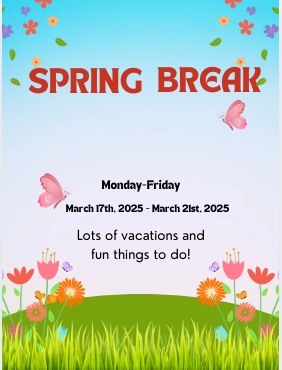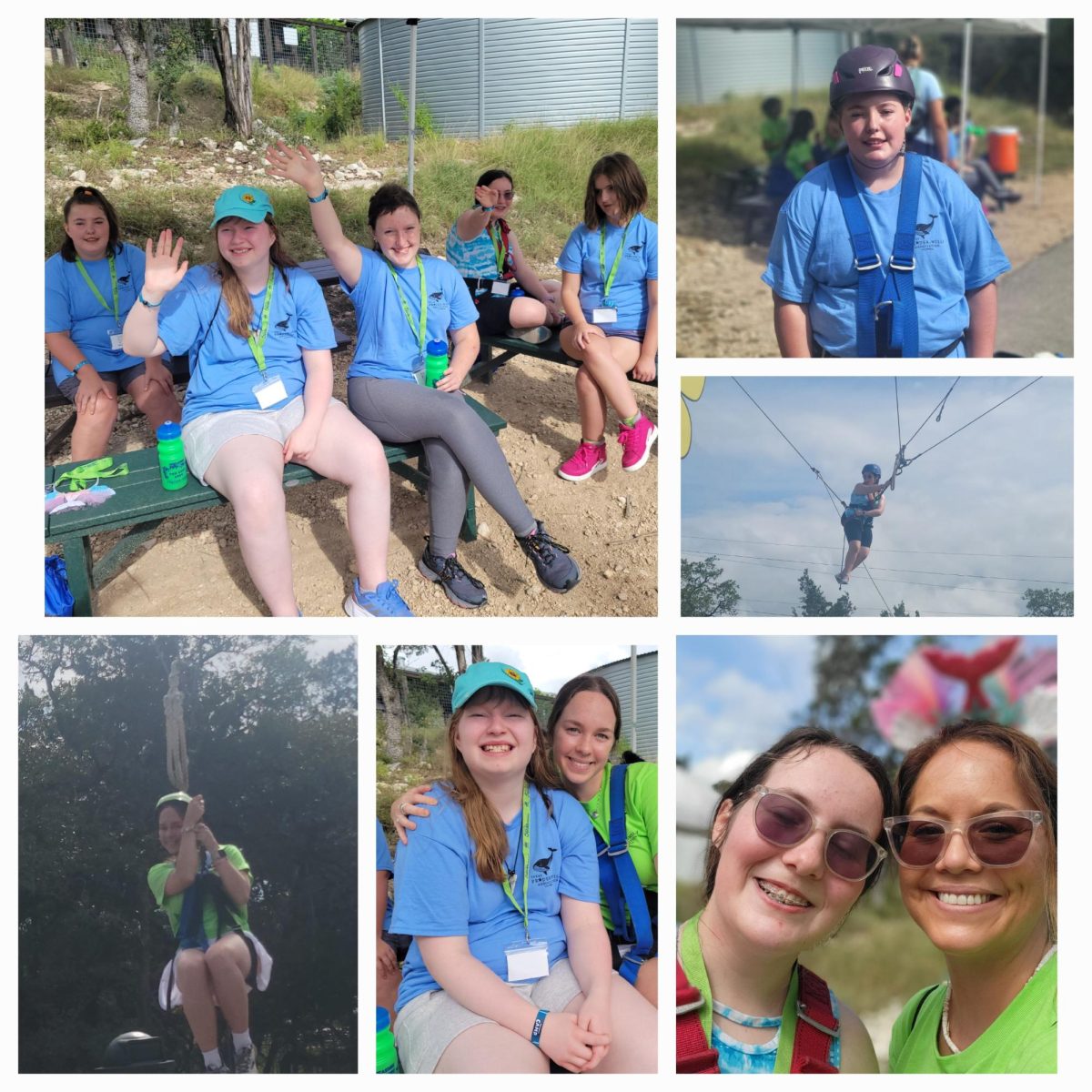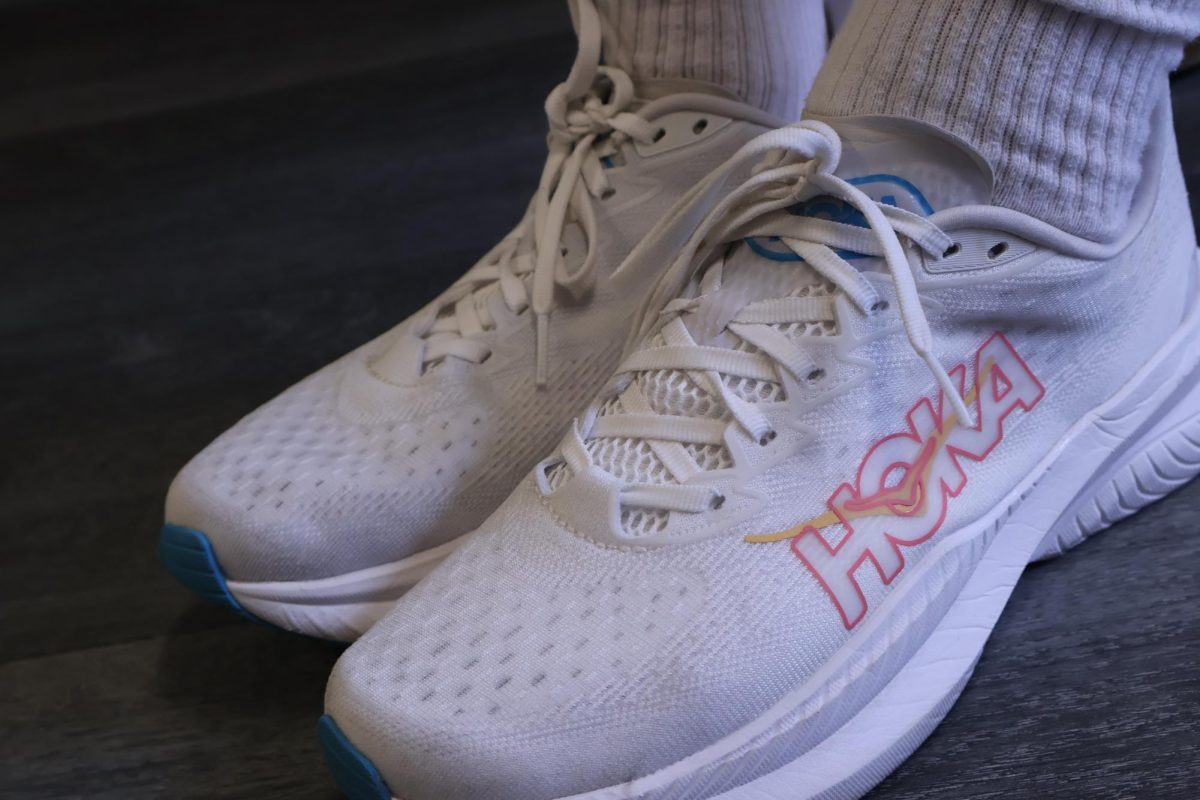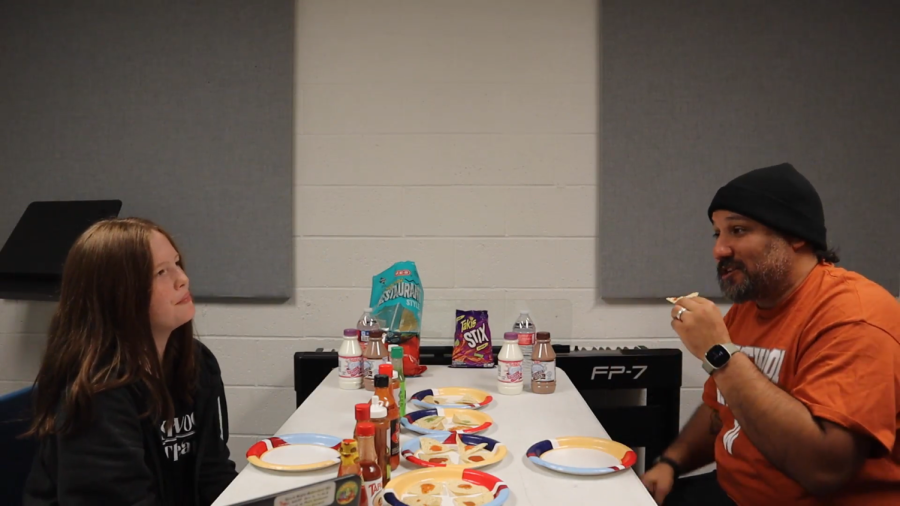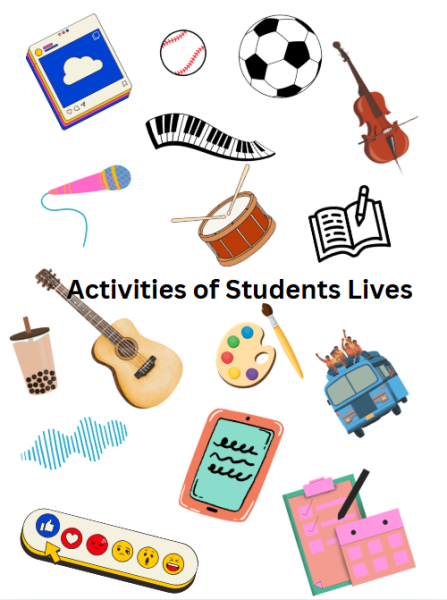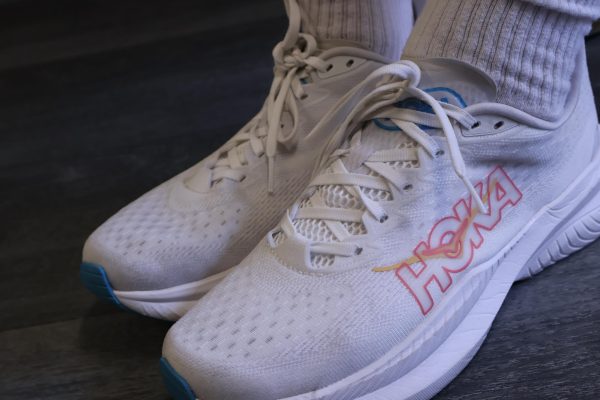Why Your Camera Should Be ON
Why turning on your video may be about more than just showing off your new outfit or hairstyle.
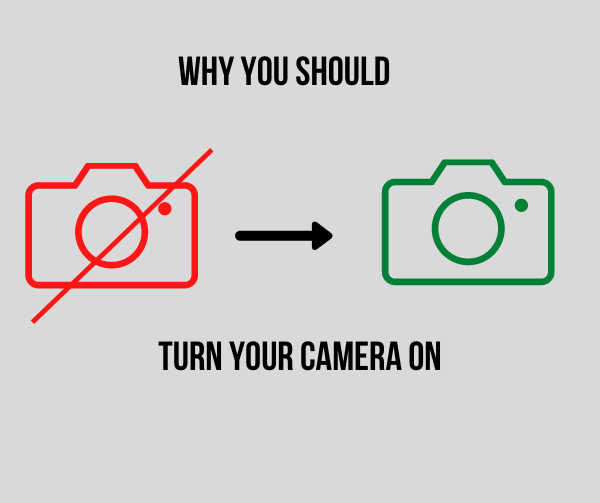
Four classes a day, five days a week, teachers and students are faced with a daunting wall of dark grey, broken up only by tiny circles crammed with cartoon characters or pictures of pets. Teachers have to give their lessons to blank space, while everyone watches the chat for whatever semblance of participation is happening. Students are expected to connect and interact with their classmates through the thick barrier of both screen and empty Google Meets. The problem with this comes down to one thing: it can all be prevented.
All it takes is turning on your camera–a single press of a button making the virtual classroom a little warmer, a little more social, a little more like an actual classroom. With something so easy, one would assume that everyone would be doing it. But every day, students show up to the same old dark void. Why? Perhaps it’s because of the seeming invasion of privacy that comes from letting all your classmates see your room, your desk, your outfit each and every day. Maybe it’s because being on camera forces you to sit up straight, pay attention, and be an active participant in class.
But the benefits of turning your camera on–when really inspected, far outweigh what it might cost you to turn it on. By turning on your camera, you instantly become engaged in the class. You’ll be able to retain whatever information you learn far better by having your camera on, because being visible to your classmates and your teacher holds you accountable. Your fellow classmates may see your camera on, and feel motivated to turn their cameras on. Soon, a vast majority of students will have their cameras on–and before you know it, it’ll feel just like a classroom. Not only that, but it’s far easier for teachers to teach to a class of faces, rather than a class of profile pictures. Subsequently, your classes will become more interactive and interesting to you, since it’s more like a class and less like a seminar.
This butterfly effect of better, more normal-feeling classes can all be started by just turning on your camera. While there clearly are circumstances where turning on your camera just isn’t an option,–whether you’re traveling, eating, or there’s something going on at home–more times than not, it’s very doable and will cause the quality of your classes to skyrocket.
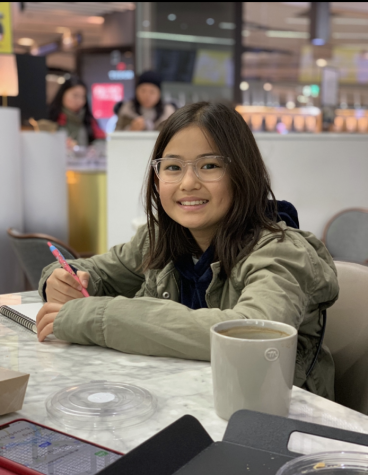
Sabrina Kim loves to write, draw, knit, and act, among many other things. She's got a stack of books a mile high and not enough time in the day to read...





